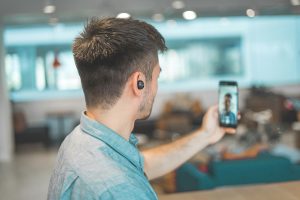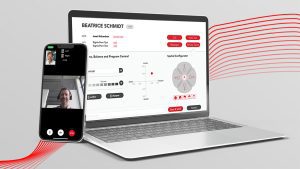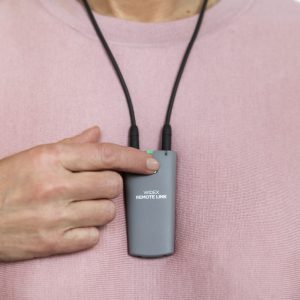
Telehealth, telecare, telehear…”tele-something” is becoming a part of our daily vocabulary in healthcare. From general medical appointments to mental health services, telehealth is now widely available. More clinics, hospitals, and ...

Starkey Technology has an amazing Telehealth opportunity for people. Hearing Care Anywhere (2020): Starkey improvements Amid the COVID‑19 pandemic, Starkey partnered with Google Cloud to launch Hearing Care Anywhere (TeleHear), ...

The Truth About Prescription Hearing Aids Purchase Online; Get Support You Can Trust Buying products online used to be intimidating, especially when it came to important purchases like hearing aids. ...

Providing Confidential Online Hearing Care Support through a HIPAA-Compliant Platform Hearing loss affects millions of individuals worldwide, creating barriers to effective communication and impacting overall quality of life. Traditional in-person ...

Phonak Telehealth: Easy Hearing Care From Home Hearing care has changed a lot over the past few years. Thanks to better technology, you can now get help with your hearing ...

Stay Connected from Home: Remote Hearing Care with Signia & Rexton Hearing Aids A Modern Way to Hear Better Congratulations on choosing Signia or Rexton hearing aids! You’re taking a ...

Enhancing Hearing Care from A Remote Location with the Resound Remote Assistance and ReSound Hearing Aids Hearing loss is a common concern, and obtaining the right hearing aids is only ...

Can Widex’s Moment Hearing Aid Remote Care Help You at Home? So you’ve made the investment in better hearing with Widex’s Moment or Moment Sheer hearing aids! You’re enjoying clearer ...
Powered By SinglerDesign.com